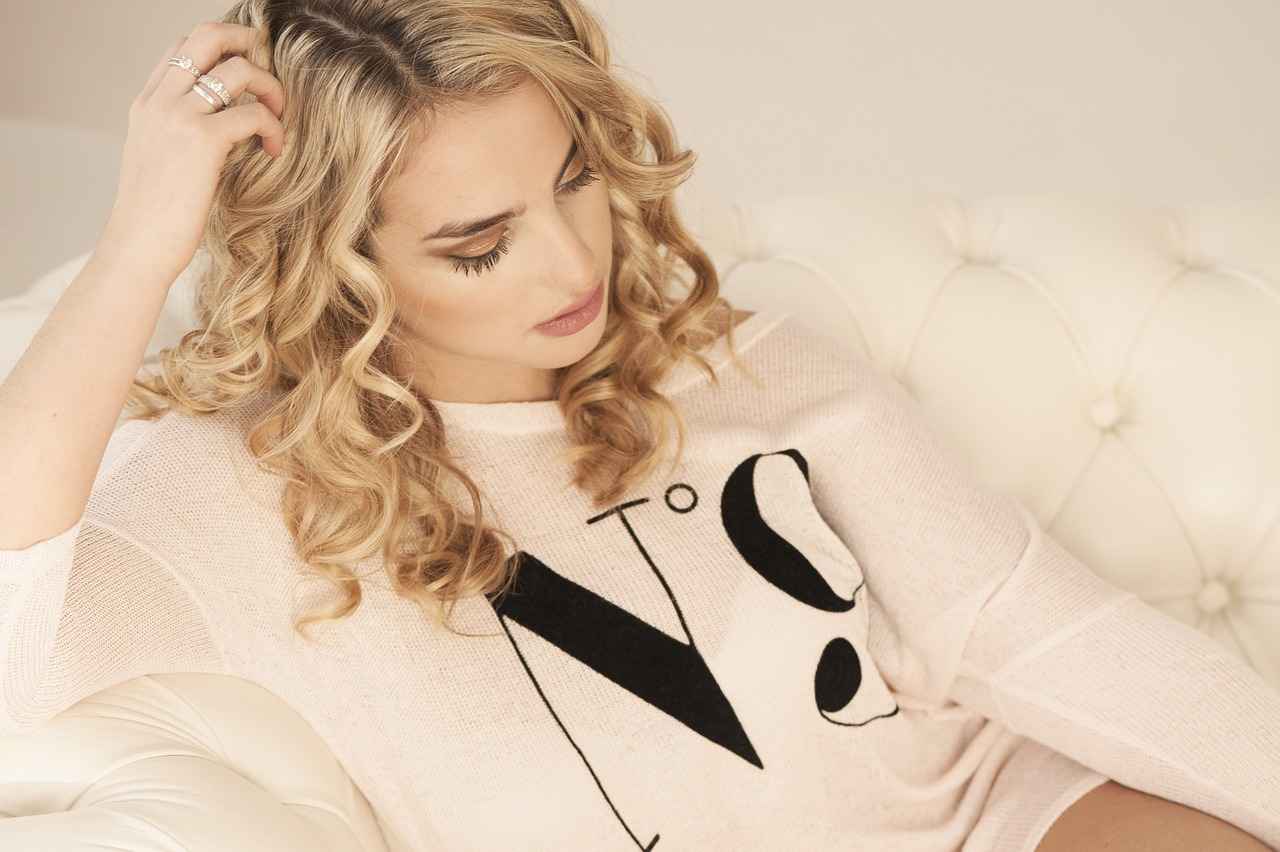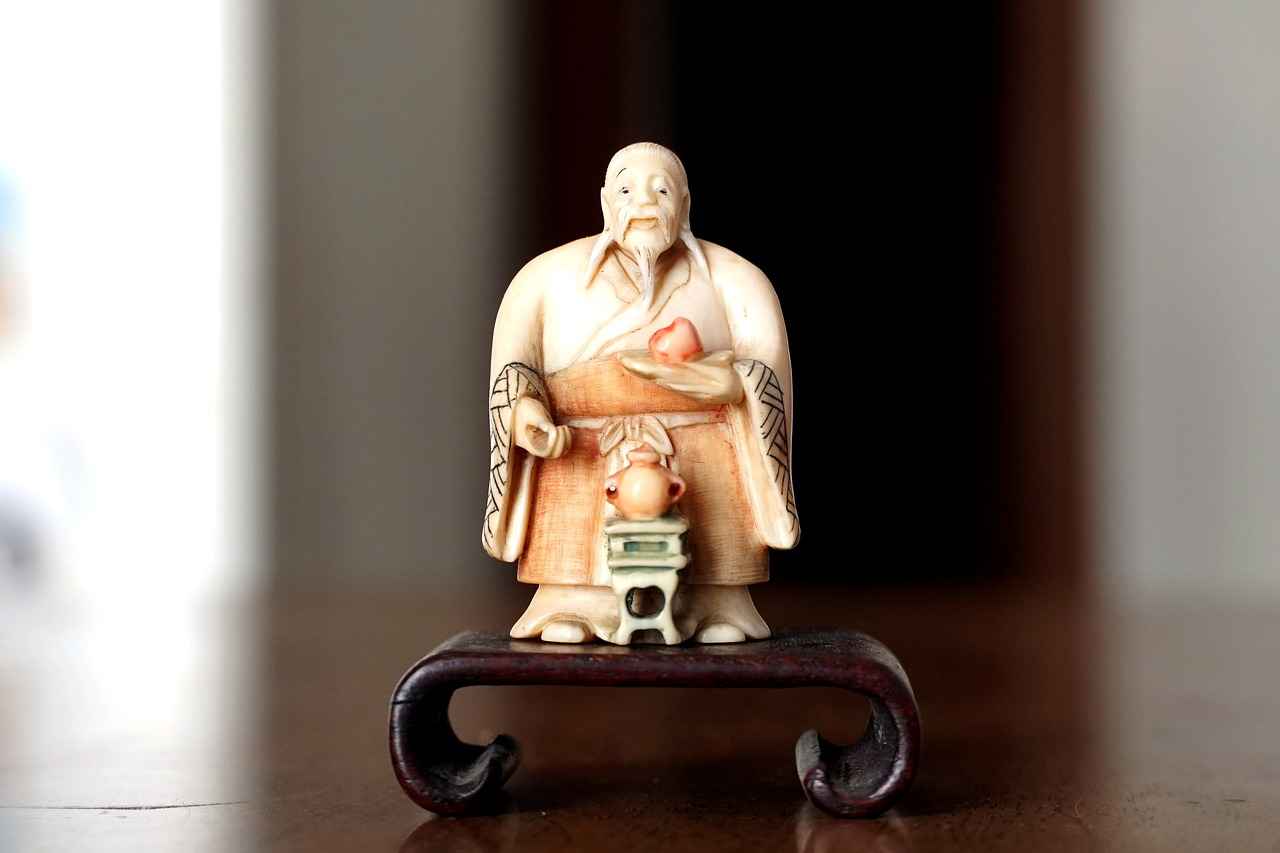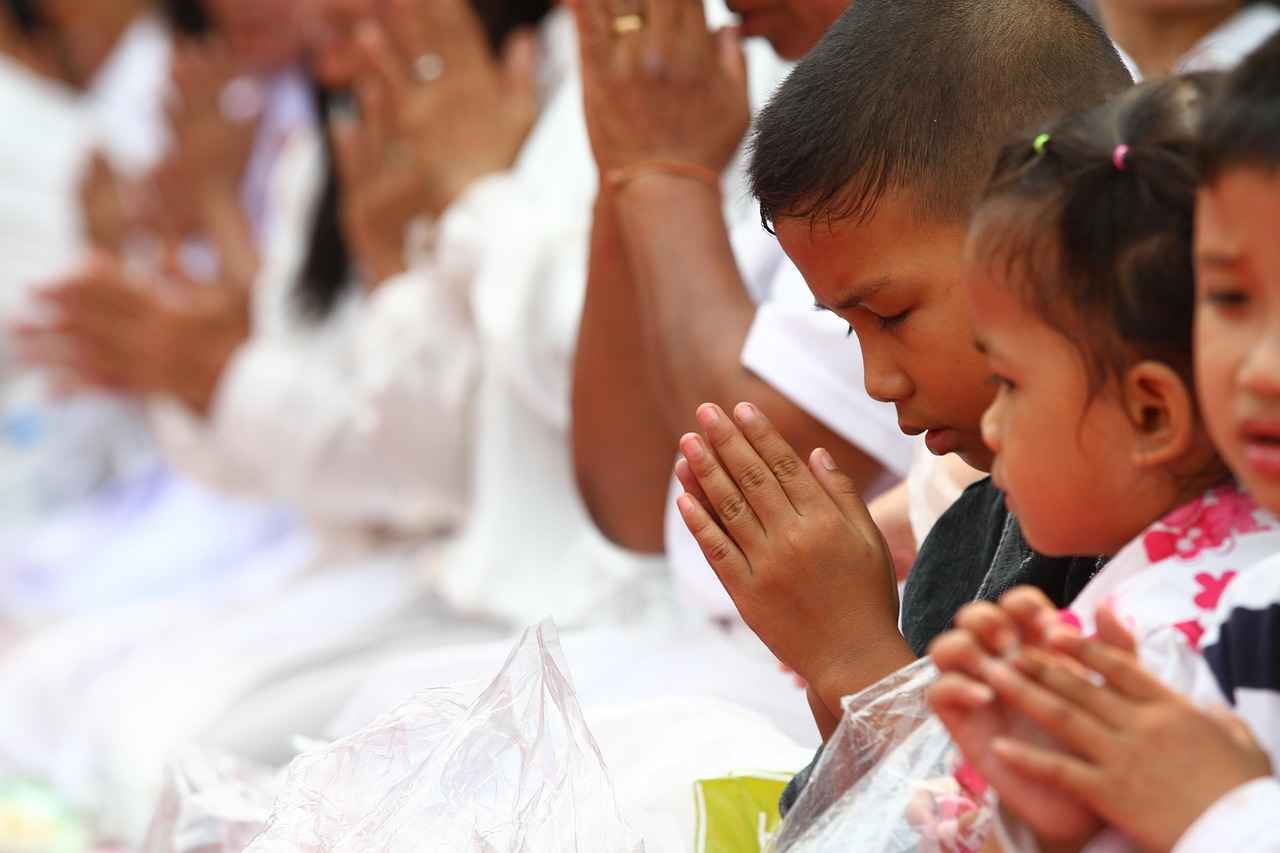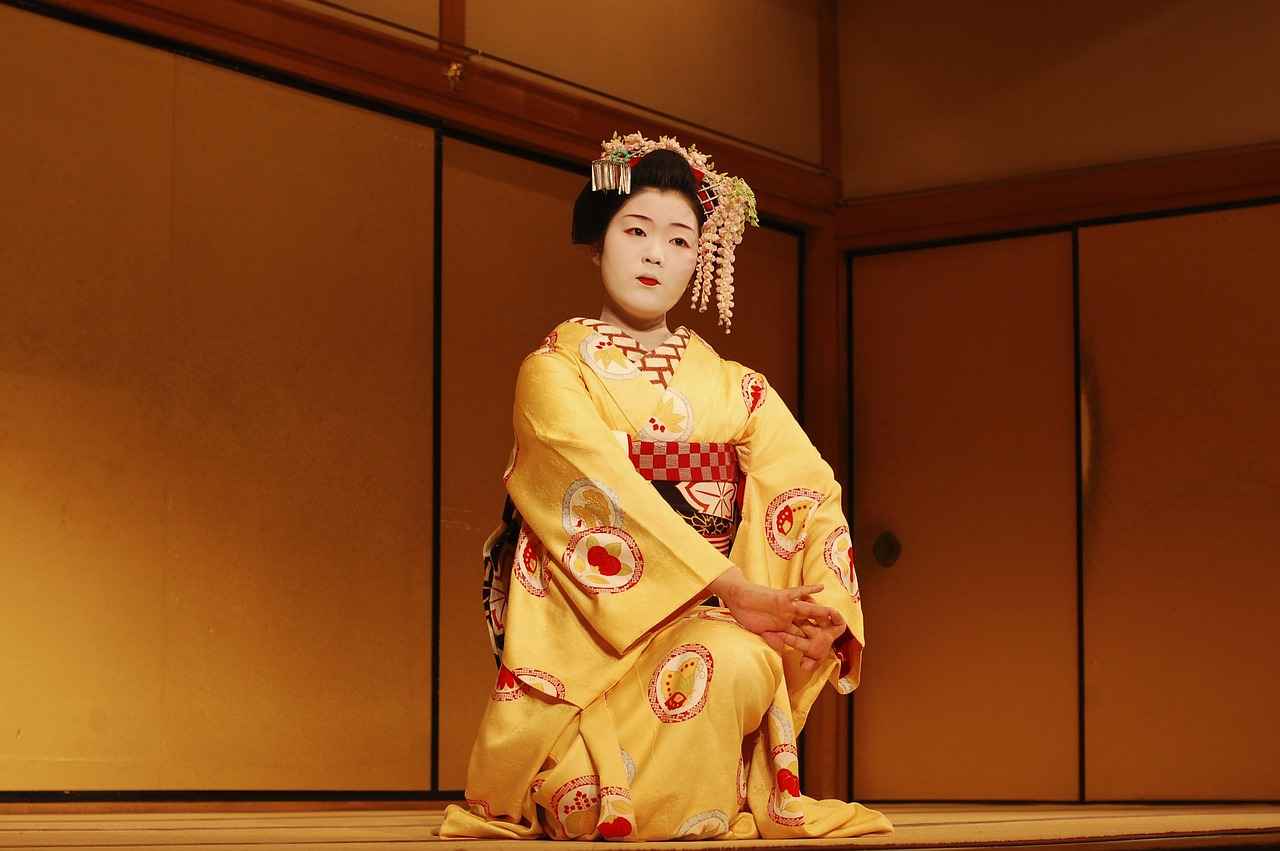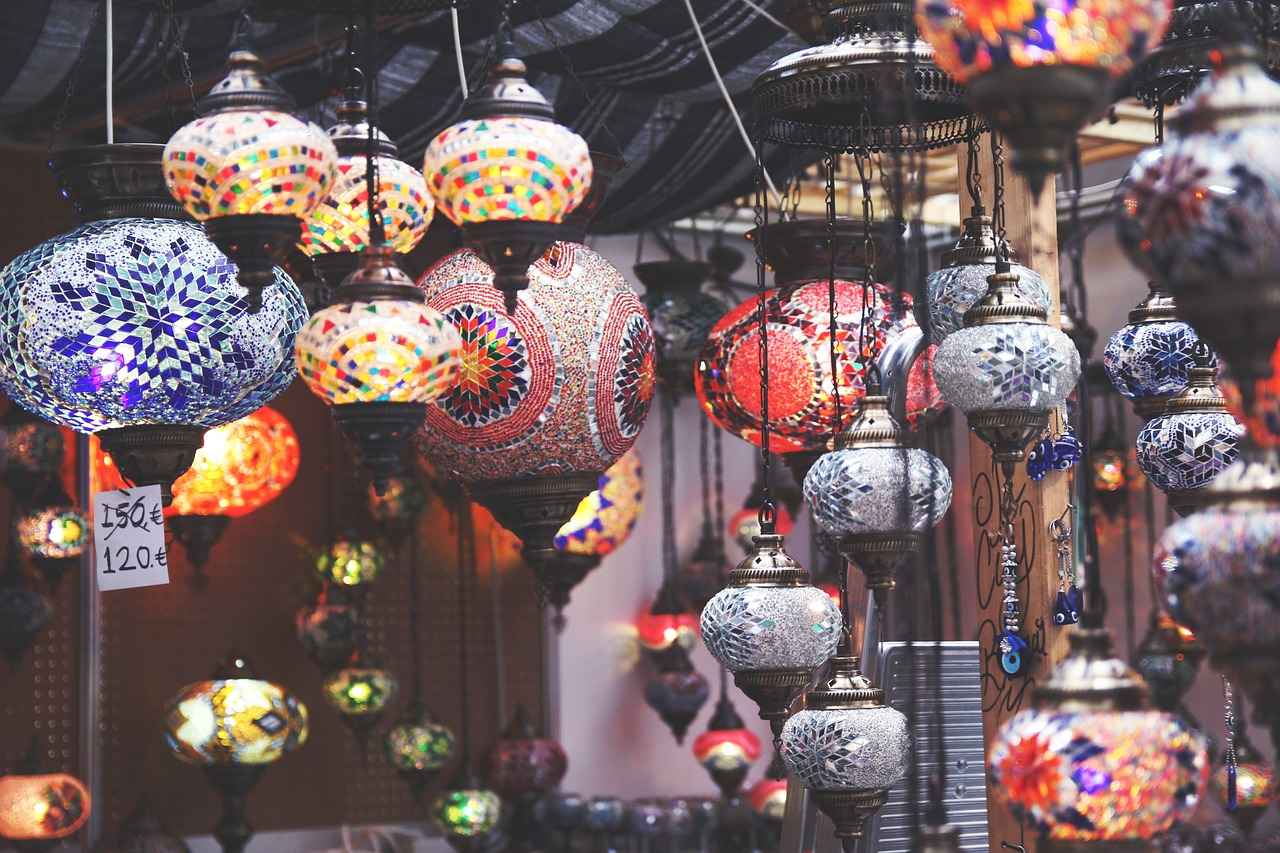This article delves into the rich history and cultural significance of the kimono, providing practical tips on how to wear one effectively for various occasions, ensuring you make a lasting impression.
Understanding the Kimono’s Cultural Significance
The kimono is not merely a piece of clothing; it embodies Japanese culture, tradition, and identity. Its historical roots date back to the Heian period, and it continues to hold a vital place in contemporary society. The kimono is often worn during ceremonial occasions, symbolizing respect and cultural heritage.
Types of Kimonos: Choosing the Right Style
Kimonos come in a variety of styles and fabrics. Understanding the differences between types, such as the yukata and furisode, is essential for selecting the right one for your event.
- Yukata: A casual summer kimono, perfect for festivals.
- Furisode: An elegant formal kimono worn by young women on special occasions.
Accessorizing Your Kimono
Accessories can significantly enhance your kimono look. Traditional items like obi and obijime not only add style but also reflect the cultural significance of the outfit.
Layering Techniques for a Stylish Look
Layering can add depth to your kimono outfit. Techniques such as pairing your kimono with a haori jacket can create a chic appearance while maintaining traditional aesthetics.
Mastering the Art of Tying an Obi
The obi is a crucial component of kimono attire. Learning different styles of tying an obi, such as the taiko and bunko, can elevate your overall appearance and convey various meanings.
Etiquette Tips for Wearing a Kimono
Wearing a kimono comes with specific etiquette rules. Understanding how to walk and sit gracefully in a kimono is essential for making a good impression in any setting.
Conclusion: Embracing the Kimono Tradition
Wearing a kimono is a beautiful way to connect with Japanese culture. By understanding its history and mastering the art of wearing it, you can make a striking impact wherever you go.
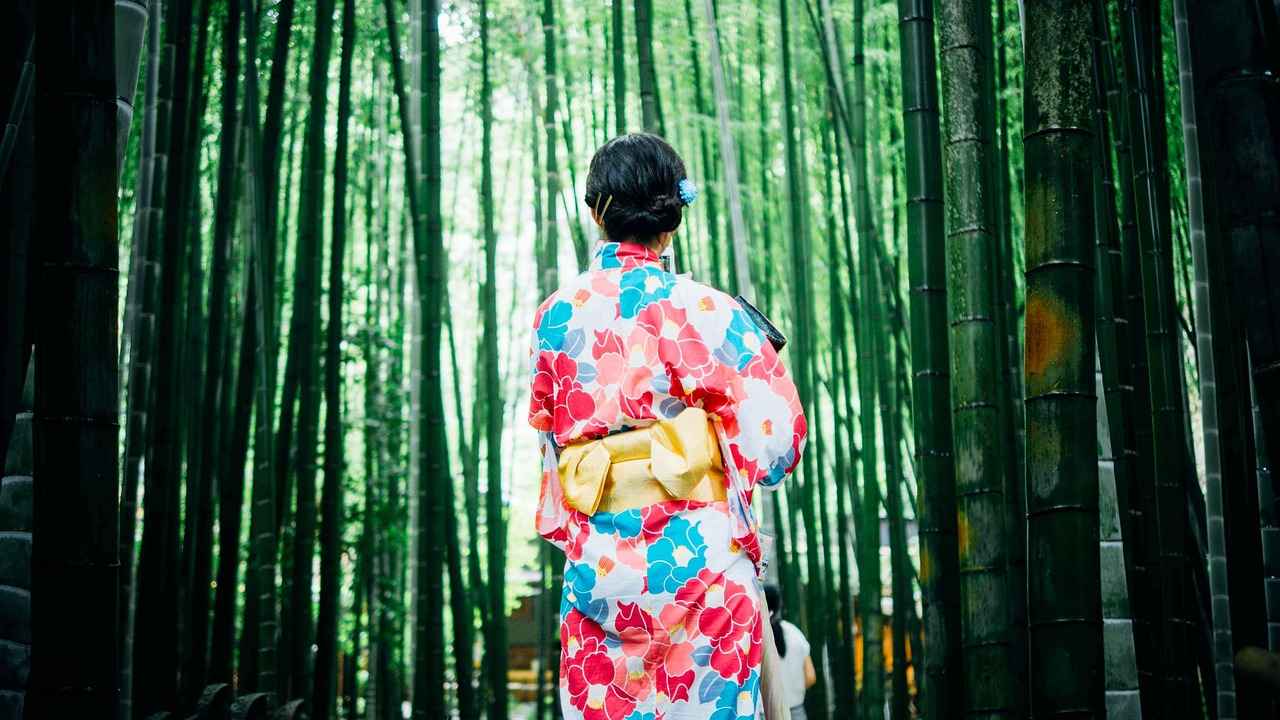
Understanding the Kimono’s Cultural Significance
The kimono is a stunning representation of Japanese culture, embodying centuries of tradition and artistry. More than just a garment, the kimono serves as a symbol of identity and a reflection of the social and historical contexts from which it originates. Understanding its cultural significance is essential to appreciating its role in both past and present.
Historically, the kimono dates back to the Heian period (794-1185), evolving through various styles and functions over the centuries. Initially, it was a practical piece of clothing, but as Japan’s culture developed, so did the kimono’s aesthetics and meanings. Each kimono is characterized by its unique patterns, colors, and fabrics, which often carry specific meanings, representing everything from seasonal changes to personal milestones.
In contemporary society, the kimono remains a vital part of Japanese life, particularly during significant events such as weddings, tea ceremonies, and festivals. Wearing a kimono is not merely a fashion statement; it is a way to honor one’s heritage and express respect for tradition. The art of kimono wearing is steeped in rituals and etiquette, which emphasize the importance of the garment in maintaining cultural continuity.
Moreover, the resurgence of interest in traditional clothing among younger generations has led to a revitalization of the kimono in modern fashion. Designers are incorporating kimono elements into contemporary styles, bridging the gap between tradition and modernity. This fusion not only celebrates the kimono’s rich history but also ensures its relevance in today’s world.
In conclusion, the kimono is much more than a piece of clothing; it is a profound expression of Japanese culture and identity. By understanding its historical roots and cultural significance, one can appreciate the beauty and depth of this iconic garment.
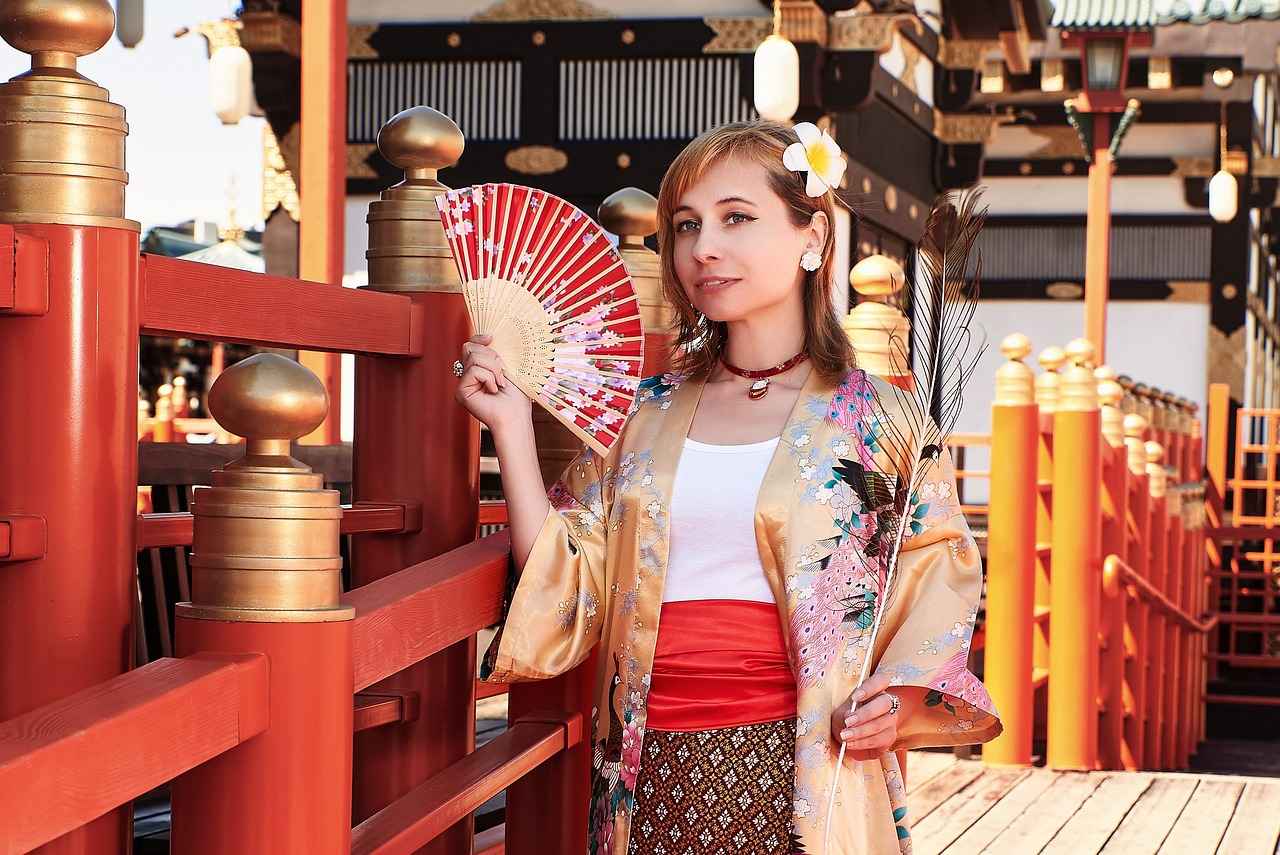
Types of Kimonos: Choosing the Right Style
Kimonos are an iconic symbol of Japanese culture, encompassing a variety of styles and fabrics that cater to different occasions and personal preferences. Understanding the different types of kimonos can enhance your experience and ensure you choose the right one for your event.
When selecting a kimono, it’s essential to consider the occasion and the cultural significance of each style. Here are some of the most popular types:
- Yukata: This is a casual summer kimono, typically made from lightweight cotton. It is often worn during festivals and summer events. The yukata features vibrant patterns and is easy to wear, making it a favorite among both locals and tourists.
- Furisode: Recognized by its long sleeves, the furisode is a formal kimono worn by young women, particularly during significant life events such as weddings and coming-of-age ceremonies. The furisode is often adorned with elaborate designs and patterns that reflect the wearer’s personality.
- Hōmongi: This style is suitable for both formal and semi-formal occasions. Hōmongi kimonos feature patterns that flow across seams, symbolizing continuity and connection. They are often worn at weddings and formal gatherings.
- Tomesode: The tomesode is a formal kimono typically worn by married women. It is characterized by its shorter sleeves and elegant designs, often featuring intricate motifs at the hem. This type is commonly worn at weddings and other significant celebrations.
- Shiro-maku: This is a white wedding kimono, traditionally worn by brides during Shinto ceremonies. It is a symbol of purity and new beginnings, often complemented by a colorful obi.
When choosing a kimono, consider the fabric, color, and design that best suit the occasion. For instance, a yukata is perfect for a summer festival, while a furisode is ideal for a formal event. Always remember to pay attention to the details, such as the obi (belt) and accessories, which can greatly enhance your overall appearance.
By understanding the various styles and their appropriate contexts, you can select a kimono that not only reflects your personal style but also respects the rich traditions of Japanese culture.
Yukata: The Casual Summer Kimono
The yukata is a traditional Japanese garment that embodies the essence of summer. This lightweight kimono is typically made from cotton, making it perfect for warm weather. With its vibrant colors and unique patterns, the yukata is not only a comfortable choice but also a stylish one, often worn during various summer festivities.
Features of Yukata
- Fabric: Yukatas are primarily crafted from breathable cotton, allowing for comfort and ease during hot days.
- Design: They come in a variety of colors and patterns, often featuring floral or seasonal motifs that reflect the beauty of nature.
- Fit: The yukata is designed to be loose-fitting, allowing for freedom of movement while maintaining a chic appearance.
When to Wear a Yukata
The yukata is most commonly worn during summer festivals, known as hanabi (fireworks festivals) and matsuri (traditional festivals). These occasions provide the perfect backdrop for showcasing the yukata’s vibrant designs. Additionally, it can be worn at onsens (hot springs) or during casual summer outings, making it a versatile choice for various settings.
Accessorizing Your Yukata
To elevate your yukata look, consider adding traditional accessories:
- Obi: A wide belt that cinches the waist and adds structure to the outfit.
- Geta: Traditional wooden sandals that complement the yukata’s aesthetic.
- Obijime: A decorative cord that can be tied around the obi for added flair.
Conclusion
The yukata is not just a garment; it is a celebration of summer and Japanese culture. By understanding its features and the occasions it is best suited for, you can fully embrace this beautiful tradition. Whether you’re attending a festival or enjoying a summer evening, the yukata remains a timeless and elegant choice.
Fabric and Design Choices for Yukata
The yukata is a traditional Japanese garment that is especially popular during the summer months. Known for its lightweight and comfortable fabric, the yukata is typically crafted from cotton, making it an ideal choice for warm weather. However, the beauty of yukatas extends beyond their fabric; they also feature a variety of vibrant prints and patterns that reflect Japanese culture and aesthetics.
Fabric Options
- Cotton: The most common material for yukatas, cotton is breathable and easy to wear. It allows for comfort during hot summer days.
- Rayon: This fabric offers a silk-like feel, providing a more elegant appearance while still being lightweight.
- Polyester: Often used for printed designs, polyester yukatas are durable and maintain their colors well, making them a popular choice for festivals.
Design Aesthetics
Yukatas come in a myriad of designs, each telling a unique story. Here are some common design elements:
- Floral Patterns: These designs often symbolize beauty and nature, making them a popular choice for summer.
- Geometric Shapes: These patterns add a modern twist to the traditional yukata, appealing to younger generations.
- Seasonal Themes: Many yukatas feature designs that reflect the four seasons, such as cherry blossoms in spring or snowflakes in winter.
When selecting a yukata, consider not only the fabric but also the design that resonates with your personal style. A well-chosen yukata can enhance your summer look, making you feel confident and connected to Japanese heritage.
In conclusion, the yukata is not just a garment; it is a canvas for artistic expression, showcasing the rich tapestry of Japanese culture through its fabric and designs. Whether you choose a traditional floral print or a contemporary geometric pattern, the yukata remains a timeless choice for summer festivities.
Accessorizing Your Yukata
Accessorizing your yukata can significantly enhance your overall look, adding a touch of elegance and personality. This traditional Japanese garment, typically worn during summer festivals, is not only comfortable but also a canvas for creative expression through accessories.
To begin with, the obi is a crucial accessory that serves both functional and aesthetic purposes. This wide belt holds the yukata in place and comes in various styles, colors, and materials. A well-chosen obi can complement the yukata’s design and elevate your outfit. For a more casual look, opt for a haneri obi, while a formal event might call for a more ornate fukuro obi.
Another essential accessory is the obijime, a decorative cord that adds a sophisticated touch to the obi. It is typically worn over the obi and can be tied in various styles. Choose an obijime that contrasts or harmonizes with your yukata to create a visually appealing ensemble.
- Obiage: A piece of fabric tucked under the obi that adds color and can also serve practical purposes.
- Obiita: A stiffened board placed behind the obi to maintain its shape and enhance the overall silhouette.
- Geta or Zori: Traditional footwear that complements your yukata. Geta are wooden sandals, while zori are made of straw or fabric.
When pairing these accessories, consider the color scheme and patterns of your yukata. For instance, if your yukata features vibrant floral patterns, opt for a more subdued obi to avoid clashing. Additionally, layering with a haori, a traditional jacket, can add depth and style to your look.
In conclusion, accessorizing your yukata thoughtfully can elevate your style and showcase your personality. With the right combination of accessories, you can create a stunning and culturally respectful outfit that stands out at any event.
Furisode: The Elegant Formal Kimono
The furisode is a stunning and traditional Japanese kimono, renowned for its long sleeves and vibrant designs. Typically worn by young women during significant formal events, such as weddings, graduations, and coming-of-age ceremonies, the furisode holds a special place in Japanese culture. This article delves into its significance, proper styling, and essential tips for wearing this exquisite garment.
The furisode is not just a piece of clothing; it symbolizes youth and elegance. The long sleeves represent the wearer’s unmarried status, and the vibrant colors and intricate patterns reflect the beauty of youth. Wearing a furisode is often a rite of passage for young women, marking important transitions in their lives.
- Choosing the Right Size: Ensure that the furisode fits well. The sleeves should hang gracefully, and the overall fit should allow for comfortable movement.
- Layering: Typically, a kimono undergarment called a juban is worn underneath to protect the furisode and provide a smooth silhouette.
- Obi Selection: The obi, a wide belt, is crucial in securing the kimono. Choose a style that complements the furisode’s design.
- Proper Tying Techniques: Learn various obi knots, such as the taiko or bunko, which not only secure the obi but also add a decorative touch.
To enhance the elegance of the furisode, consider traditional accessories like kanzashi (hair ornaments) and obijime (decorative cords). These elements can add a personal touch, allowing wearers to express their unique style while respecting tradition.
Wearing a furisode is an opportunity to connect with Japanese culture and heritage. By understanding its significance and mastering the art of wearing it, you can make a striking impression at any formal event. Embrace this beautiful tradition and celebrate the elegance of the furisode.
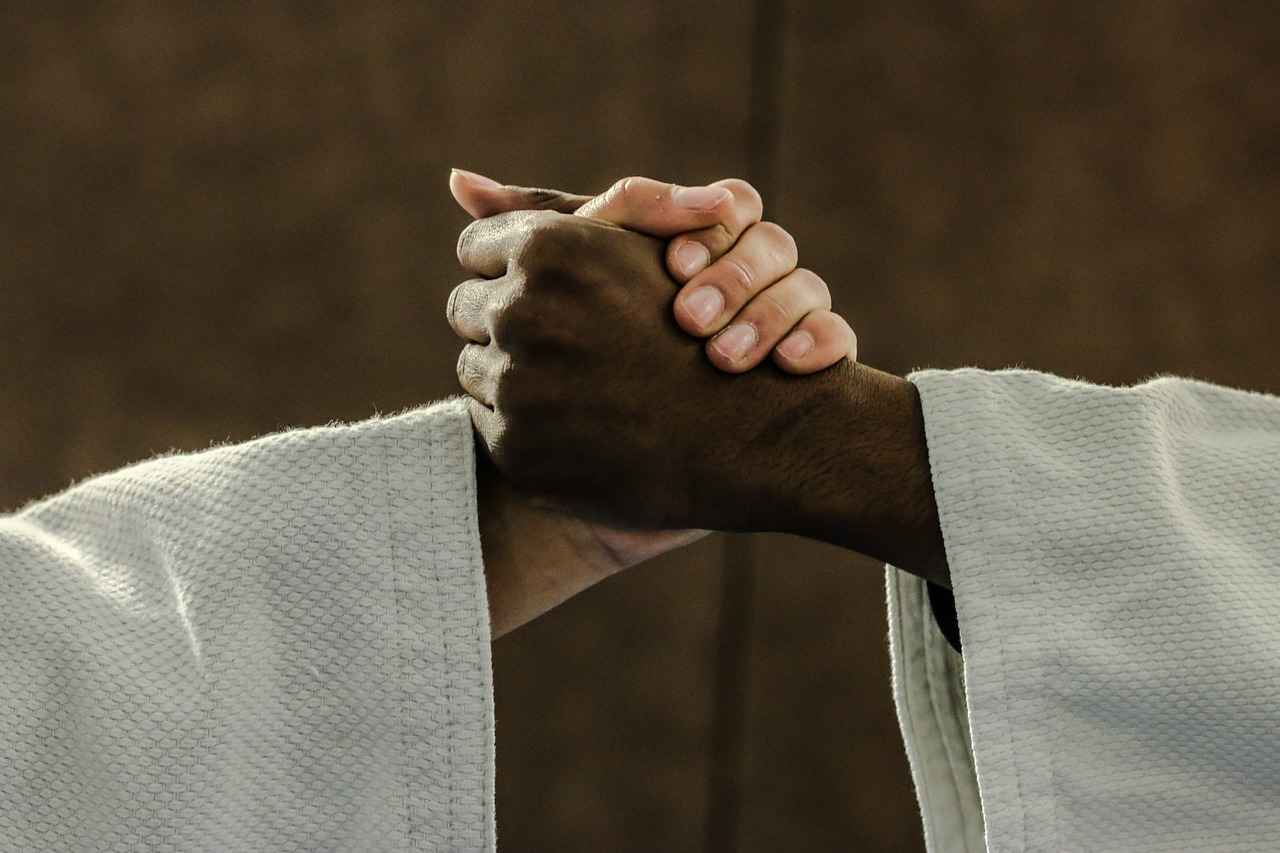
Layering Techniques for a Stylish Look
Layering can significantly enhance your kimono outfit, introducing depth and a modern twist while still honoring traditional aesthetics. By mastering various layering techniques, you can create a chic look that stands out on any occasion.
Understanding the Basics of Layering
To begin, consider the foundation of your outfit. The first layer is typically a kimono itself, but you can incorporate different undergarments to create a polished appearance. For example, wearing a lightweight kimono undergarment can provide a smooth silhouette and add comfort.
Choosing the Right Outerwear
Depending on the season, your choice of outerwear can dramatically change your look. For cooler months, a haori jacket can be an excellent addition, providing warmth while enhancing the overall style. During warmer seasons, consider lightweight shawls or cardigans that complement your kimono’s colors and patterns.
Accessorizing with Purpose
- Obi Scarves: Experimenting with different obi styles can add a unique flair to your outfit.
- Jewelry: Simple yet elegant jewelry can elevate your look without overwhelming the traditional elements.
- Footwear: Choosing the right footwear, like traditional geta or modern sandals, can complete your layered ensemble.
Color Coordination and Patterns
When layering, it’s essential to consider color coordination. Opt for complementary colors that harmonize with your kimono. Mixing patterns can also be a bold statement, but ensure they do not clash. A floral kimono paired with a subtle striped outer layer can create a visually appealing contrast.
Conclusion: Achieving a Balanced Look
By skillfully layering your kimono outfit with the right undergarments, outerwear, and accessories, you can achieve a balanced and stylish appearance. Embrace these techniques to express your individuality while respecting the rich traditions of kimono fashion.
Choosing the Right Undergarments
When it comes to wearing a kimono, the choice of undergarments is essential for both comfort and style. The right undergarments not only enhance the overall appearance of the kimono but also ensure that you feel at ease throughout the day. Here are some important considerations to keep in mind:
- Type of Undergarments: Opt for traditional undergarments like the juban, which is a type of kimono slip worn underneath. This helps to protect the kimono from sweat and oils, maintaining its quality.
- Material Matters: Choose breathable fabrics such as cotton or silk for your undergarments. These materials will help you stay cool and comfortable, especially during warmer months.
- Fit and Support: Ensure that your undergarments fit well and provide adequate support. Avoid overly tight or loose options, as they can disrupt the smooth lines of your kimono.
- Color Coordination: Select undergarments in neutral or light colors to avoid any visible lines or shadows through the kimono fabric. This is particularly important for lighter or more transparent kimonos.
Additionally, consider the season and occasion when choosing your undergarments. For summer events, lightweight options are preferable, while for winter, layering may be necessary for added warmth.
In conclusion, the right undergarments can significantly enhance your kimono-wearing experience. By paying attention to the type, material, fit, and color of your undergarments, you can achieve a look that is both stylish and comfortable, allowing you to fully embrace the beauty of this traditional garment.
Outerwear Options for Different Seasons
When it comes to enhancing your kimono outfit, the choice of outerwear can make a significant difference, especially as the seasons change. Whether you’re looking to stay warm or simply want to add a touch of style, there are several options to consider that complement the traditional beauty of the kimono.
- Haori Jackets: These are short jackets traditionally worn over the kimono. They come in various fabrics and colors, making them a versatile choice for layering. A haori can add a modern twist to your outfit, while still respecting the traditional aesthetic.
- Shawls: A beautifully crafted shawl can be an elegant addition to your kimono ensemble. Opt for shawls made from lightweight materials for warmer seasons or thicker fabrics for colder months. Shawls can be draped over the shoulders or wrapped around the body, providing both warmth and style.
- Capes: For a more dramatic look, consider a cape that flows gracefully over your kimono. Capes can be made from various materials, including silk and wool, and can feature intricate designs that enhance the overall look.
- Cardigans: A long, open cardigan can be a casual yet chic way to layer your kimono. Choose neutral tones or soft pastels that will complement the colors of your kimono without overwhelming it.
The key to selecting the right outerwear is to ensure that it not only provides warmth but also enhances the beauty of your kimono. Pay attention to the fabric and color combinations to create a harmonious look. With the right outerwear, you can enjoy your kimono throughout the year, making it a timeless addition to your wardrobe.
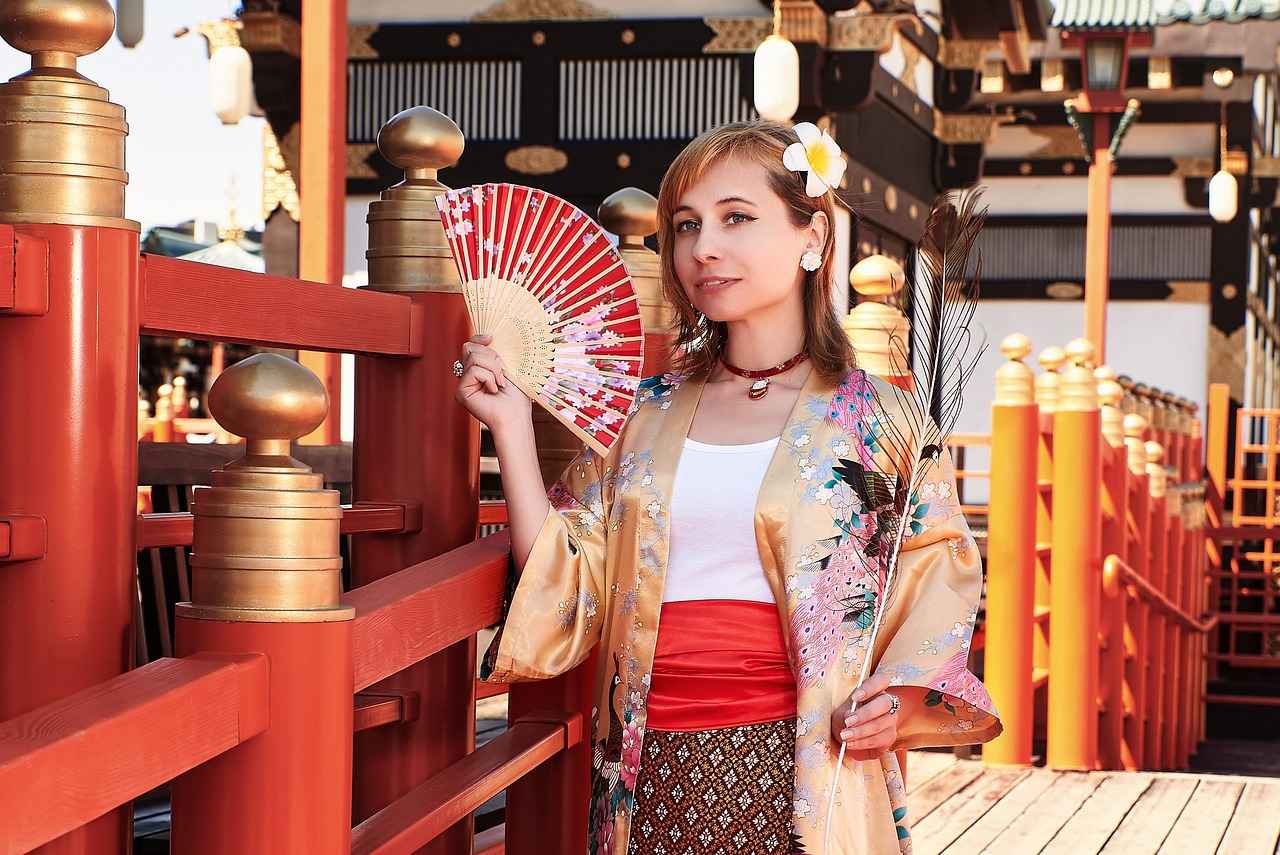
Mastering the Art of Tying an Obi
The obi is not just a simple accessory; it is a key component of kimono attire that adds elegance and sophistication to any outfit. Understanding the various styles of tying an obi can transform your overall appearance and ensure that you wear it securely and stylishly throughout your day.
There are several popular styles of obi knots, each with its own unique charm and significance. Below are some of the most well-known obi knots:
- Taiko Knot: This traditional knot resembles a drum and is often used for formal occasions. It provides a sturdy hold and is visually striking.
- Bunko Knot: Known for its soft curves, this knot is popular among younger women and is typically worn with casual kimonos.
- Otaiko Knot: A variation of the taiko, this knot is slightly more intricate and is often chosen for special celebrations.
When tying your obi, it is essential to ensure that it remains secure throughout your wear. Here are some practical tips:
- Choose the Right Obi: Select an obi that complements your kimono’s color and design. The right match can enhance the overall aesthetic.
- Use Obi Clips: These small accessories can help keep your obi in place, preventing it from slipping or loosening during wear.
- Practice Makes Perfect: Take the time to practice tying your obi before an event. Familiarity with the knots will help you tie them more quickly and securely.
In conclusion, mastering the art of tying an obi is essential for anyone looking to wear a kimono with confidence. By understanding the different styles and practicing your technique, you can ensure that your obi not only looks beautiful but also remains securely in place, allowing you to enjoy your attire without worry.
Popular Obi Knots and Their Meanings
In the world of traditional Japanese attire, the obi is not merely a decorative accessory; it holds profound cultural significance, particularly through the various knots used to secure it. Each obi knot conveys distinct meanings and styles, reflecting the wearer’s personality, occasion, and even social status. Understanding these knots can enhance your appreciation of kimono fashion.
- Taiko Knot: This is one of the most recognized obi knots, characterized by its drum-like shape. Symbolizing strength and stability, the taiko knot is often worn for formal occasions, such as weddings and ceremonies. Its structure is designed to be both elegant and secure, making it a popular choice among kimono wearers.
- Bunko Knot: The bunko knot is more casual and is typically associated with younger women. Representing joy and happiness, this knot features a more playful design and is often chosen for festive events. Its versatility allows it to be worn with a variety of kimono styles.
- Oni Shigure Knot: This knot has a unique design that resembles a demon’s rain, symbolizing protection and good fortune. It is less common but is often chosen for special celebrations, reflecting the wearer’s desire for blessings.
- Chidori Knot: Named after the plover bird, the chidori knot represents grace and beauty. It is often worn during spring festivals and is favored for its delicate appearance, making it suitable for both young and mature women.
- Asanoha Knot: This knot is inspired by the hemp leaf pattern, symbolizing growth and resilience. It’s a popular choice for both formal and casual occasions, reflecting a balance of elegance and practicality.
Each obi knot not only enhances the overall aesthetic of the kimono but also tells a story about the wearer. By choosing the right knot, one can express their individuality and respect for tradition.
Choosing the Right Obi for Your Kimono
Selecting the appropriate obi is essential for enhancing the overall appeal of your kimono. The obi not only serves a functional purpose but also acts as a focal point that can elevate your entire ensemble. Here are some key considerations to keep in mind when choosing an obi that complements your kimono’s color and design.
- Color Coordination: Ensure that the color of your obi harmonizes with your kimono. A contrasting color can create a striking look, while a matching obi can provide a more subtle, elegant appearance.
- Pattern Compatibility: Consider the patterns on your kimono. If your kimono features intricate designs, opt for a simpler obi to avoid overwhelming the look. Conversely, a boldly patterned kimono can be paired with a more elaborate obi for added flair.
- Fabric Selection: The fabric of the obi should also complement the kimono. For example, a silk obi pairs beautifully with a formal kimono, while a cotton obi can be suitable for more casual attire.
- Occasion Appropriateness: The type of event you are attending plays a significant role in your obi selection. For formal occasions, a more ornate obi is appropriate, while a simpler design is better suited for casual outings.
Remember that the obi is tied in various styles, each conveying different meanings and levels of formality. Popular knots like the taiko and bunko not only add visual interest but also reflect the wearer’s personal style and the occasion’s significance.
In conclusion, choosing the right obi is a crucial aspect of wearing a kimono. By considering color, pattern, fabric, and occasion, you can ensure that your obi enhances your kimono’s beauty and makes a lasting impression.
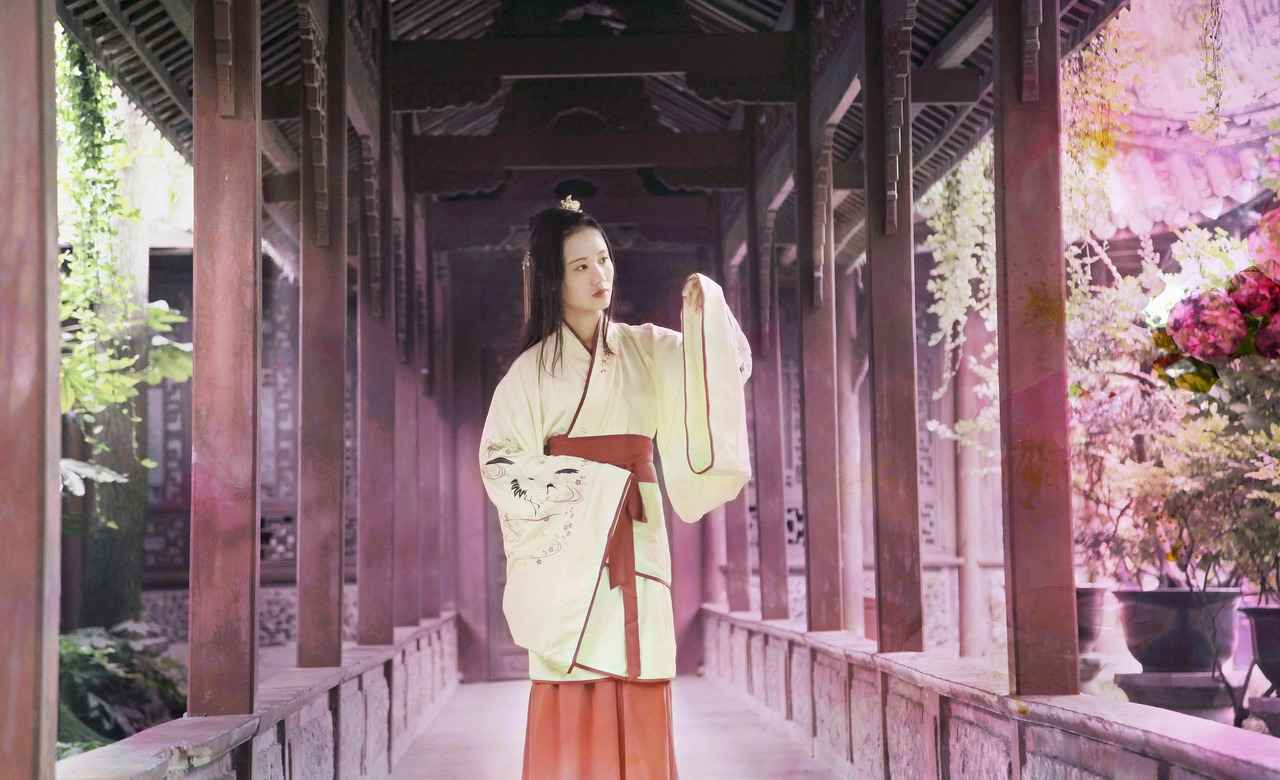
Etiquette Tips for Wearing a Kimono
The kimono is a beautiful representation of Japanese culture, and wearing one comes with its own set of etiquette rules. Understanding these guidelines is essential for anyone looking to wear a kimono respectfully and appropriately in different settings.
1. Respect the Fabric and Design
Before donning a kimono, it is important to appreciate the fabric and design. Different kimonos are made for different occasions, and wearing a formal kimono to a casual event may come off as disrespectful. Always consider the occasion and choose a kimono that fits the context.
2. Proper Dressing Techniques
When putting on a kimono, ensure you follow the correct dressing techniques. The right way to wear a kimono involves layering and securing it properly with an obi. The left side should always overlap the right, as this is a sign of respect for the deceased in Japanese culture.
3. Movement and Posture
Wearing a kimono requires a different way of moving. It is important to maintain good posture and walk gracefully, keeping your feet together. When sitting, fold your legs to the side and avoid crossing them to prevent any damage to the fabric.
4. Appropriate Occasions
- Formal events, like weddings and tea ceremonies, are ideal for wearing a kimono.
- Casual settings, such as festivals, allow for more relaxed styles like the yukata.
- Consider local customs and traditions when deciding when to wear a kimono.
5. Accessorizing with Care
Accessorizing is crucial for completing your kimono look. Choose traditional accessories like obi, obijime, and kanzashi that complement your kimono without overwhelming it. The accessories should enhance your outfit while respecting the overall aesthetic.
By familiarizing yourself with these etiquette rules, you can wear your kimono with confidence and honor the rich traditions it represents.
How to Properly Walk and Sit in a Kimono
Wearing a kimono is a beautiful expression of Japanese culture, but it also requires some adjustments in how you move. Understanding the proper techniques for walking and sitting can greatly enhance your experience and ensure that you carry yourself with grace and elegance.
When it comes to walking in a kimono, the key is to take shorter steps. This is due to the way the kimono is designed, which can restrict your leg movement. Here are some essential tips:
- Short Steps: Aim for smaller strides to maintain balance and prevent the fabric from dragging on the ground.
- Posture: Keep your back straight and shoulders relaxed. Good posture not only looks elegant but also helps with stability.
- Foot Placement: Place your feet directly in front of each other, almost like walking on a tightrope, to maintain balance.
Sitting in a kimono also requires specific techniques to maintain the integrity of the garment. Here’s how to sit gracefully:
- Seiza Position: The traditional way to sit in a kimono is in the seiza position, which involves kneeling on the floor. This position is respectful and allows the kimono to drape beautifully.
- Cross-Legged: If sitting on a chair, cross your legs at the ankles to avoid wrinkling the fabric. This keeps the kimono looking neat and tidy.
- Adjusting the Kimono: Before sitting, gently pull the hem of the kimono down to ensure it covers your legs adequately.
By mastering these techniques, you can move confidently and gracefully while wearing a kimono, allowing you to fully appreciate the beauty and tradition of this iconic garment. Embrace the art of wearing a kimono, and you will undoubtedly make a lasting impression wherever you go.
Social Settings: When to Wear a Kimono
Kimonos are traditional Japanese garments that are not only beautiful but also versatile, making them suitable for a variety of social settings. Understanding when and where to wear a kimono can enhance your experience and ensure you look appropriate for the occasion.
Here are some popular social settings where you can confidently wear a kimono:
- Formal Events: Kimonos are often worn at weddings, tea ceremonies, and formal receptions. The furisode, with its long sleeves and intricate designs, is particularly popular for such occasions, especially among young women.
- Seasonal Festivals: During summer, you can opt for a yukata, a casual kimono made of lightweight cotton. These are perfect for outdoor festivals, fireworks displays, and summer celebrations, allowing you to stay cool while looking stylish.
- Cultural Celebrations: Events such as Shichi-Go-San (a traditional Japanese rite of passage) or New Year celebrations are ideal for wearing a kimono. These occasions celebrate cultural heritage, making kimonos a fitting choice.
- Casual Gatherings: While kimonos are often associated with formal wear, they can also be worn casually. Pairing a kimono with modern attire for a lunch date or a casual get-together can create a unique and fashionable look.
- Photo Shoots: Kimonos make for stunning visual statements in photography. Whether for personal portraits or themed photoshoots, wearing a kimono can add a touch of elegance and tradition to your images.
In conclusion, wearing a kimono can be a wonderful way to express your appreciation for Japanese culture. By choosing the right type of kimono for the occasion, you can ensure that you not only look beautiful but also feel comfortable and confident.
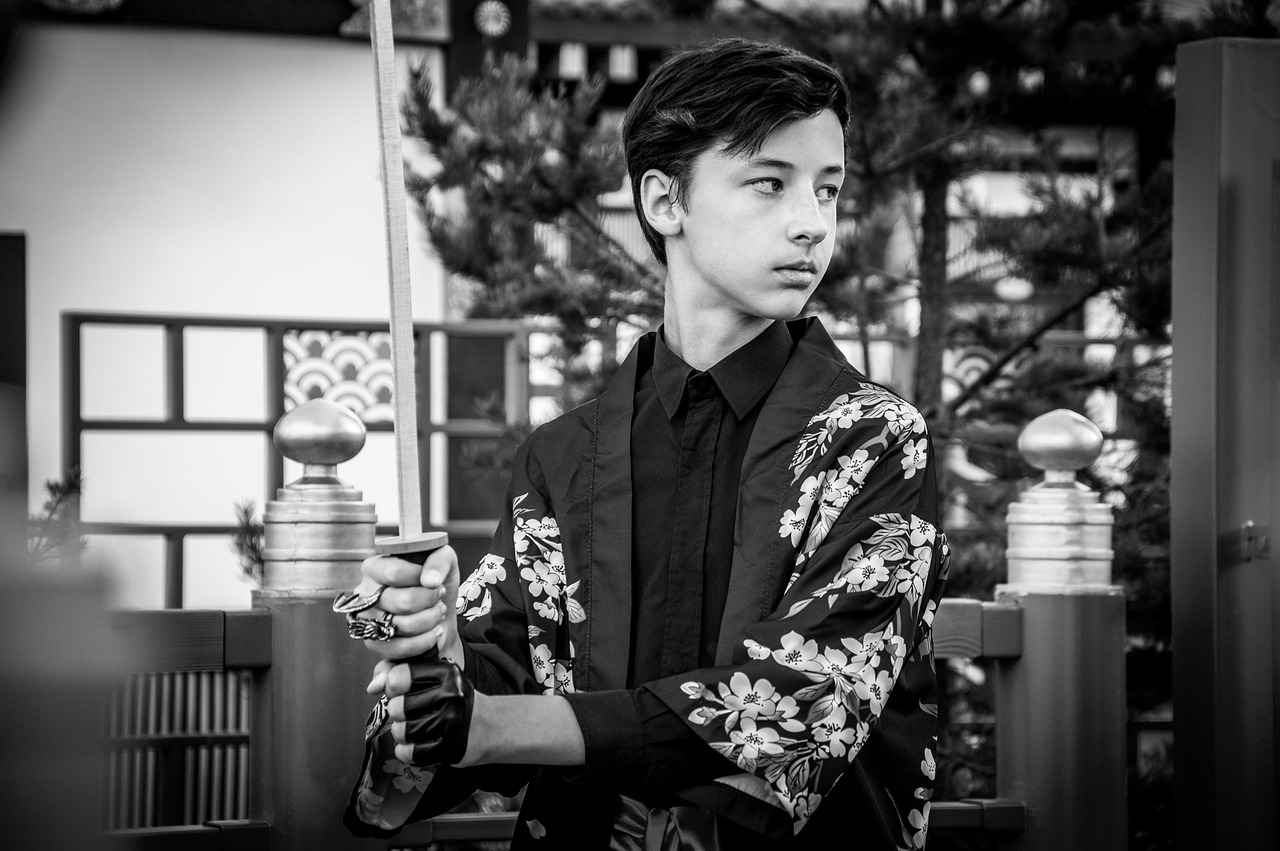
Conclusion: Embracing the Kimono Tradition
Wearing a kimono is not merely about donning a piece of clothing; it is a profound way to connect with Japanese culture and heritage. The kimono, with its intricate designs and rich history, serves as a canvas that reflects the artistic spirit of Japan. By understanding its cultural significance and mastering the techniques required to wear it, you can create a striking impact wherever you go.
The history of the kimono stretches back centuries, evolving through various periods and embodying the essence of Japanese identity. Each kimono tells a story, often linked to the wearer’s age, status, and the occasion. For instance, the furisode, with its long sleeves, is traditionally worn by young women during significant life events, symbolizing youth and elegance. In contrast, the yukata is a more casual summer kimono, often adorned with vibrant patterns, making it a popular choice for festivals and informal gatherings.
To wear a kimono effectively, one must pay attention to several key elements. Choosing the right style is essential; different occasions call for different types of kimonos. Additionally, the layering techniques you employ can enhance your overall appearance, allowing you to express your personal style while respecting tradition. Understanding the art of tying an obi is also crucial, as it serves both a functional and decorative purpose, completing your look.
Moreover, adhering to proper etiquette while wearing a kimono is vital. This includes understanding how to move gracefully and when it is appropriate to wear this beautiful garment. Whether attending a formal ceremony or enjoying a casual outing, wearing a kimono allows you to embrace and celebrate the rich tapestry of Japanese culture.
In conclusion, by immersing yourself in the kimono tradition and appreciating its cultural depth, you not only honor the past but also create lasting connections in the present. Wearing a kimono is a beautiful expression of identity and heritage, making a striking impact that resonates with those around you.
Frequently Asked Questions
- What is the significance of wearing a kimono?
The kimono is a symbol of Japanese culture and tradition, representing a deep connection to history and identity. Wearing one allows individuals to honor these cultural roots while also expressing personal style.
- How do I choose the right type of kimono for an occasion?
Selecting the right kimono depends on the event. For casual summer outings, a yukata is perfect, while formal occasions call for a furisode. Always consider the season and the formality of the event when making your choice.
- What are the best accessories to wear with a kimono?
Accessorizing can elevate your kimono look! Traditional items like obi (sashes) and obijime (decorative cords) are essential. Don’t forget to consider footwear and hair accessories to complete your outfit.
- How should I properly tie an obi?
Tying an obi can be tricky, but practice makes perfect! Popular knots like the taiko and bunko each have their own styles and meanings. Make sure to secure it well so that it stays in place throughout your wear.
- What etiquette should I follow when wearing a kimono?
When wearing a kimono, it’s important to move gracefully. Learn how to walk and sit properly to maintain the elegance of the garment. Additionally, be mindful of when and where to wear a kimono to ensure you respect cultural norms.







